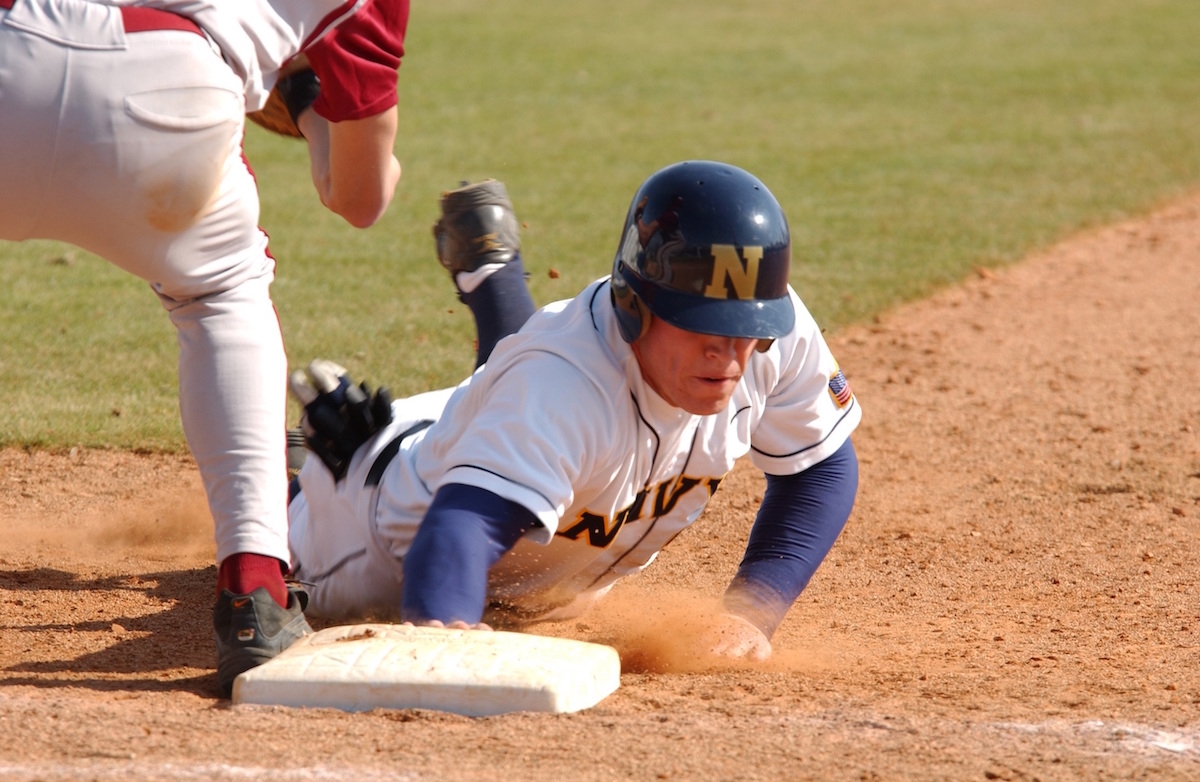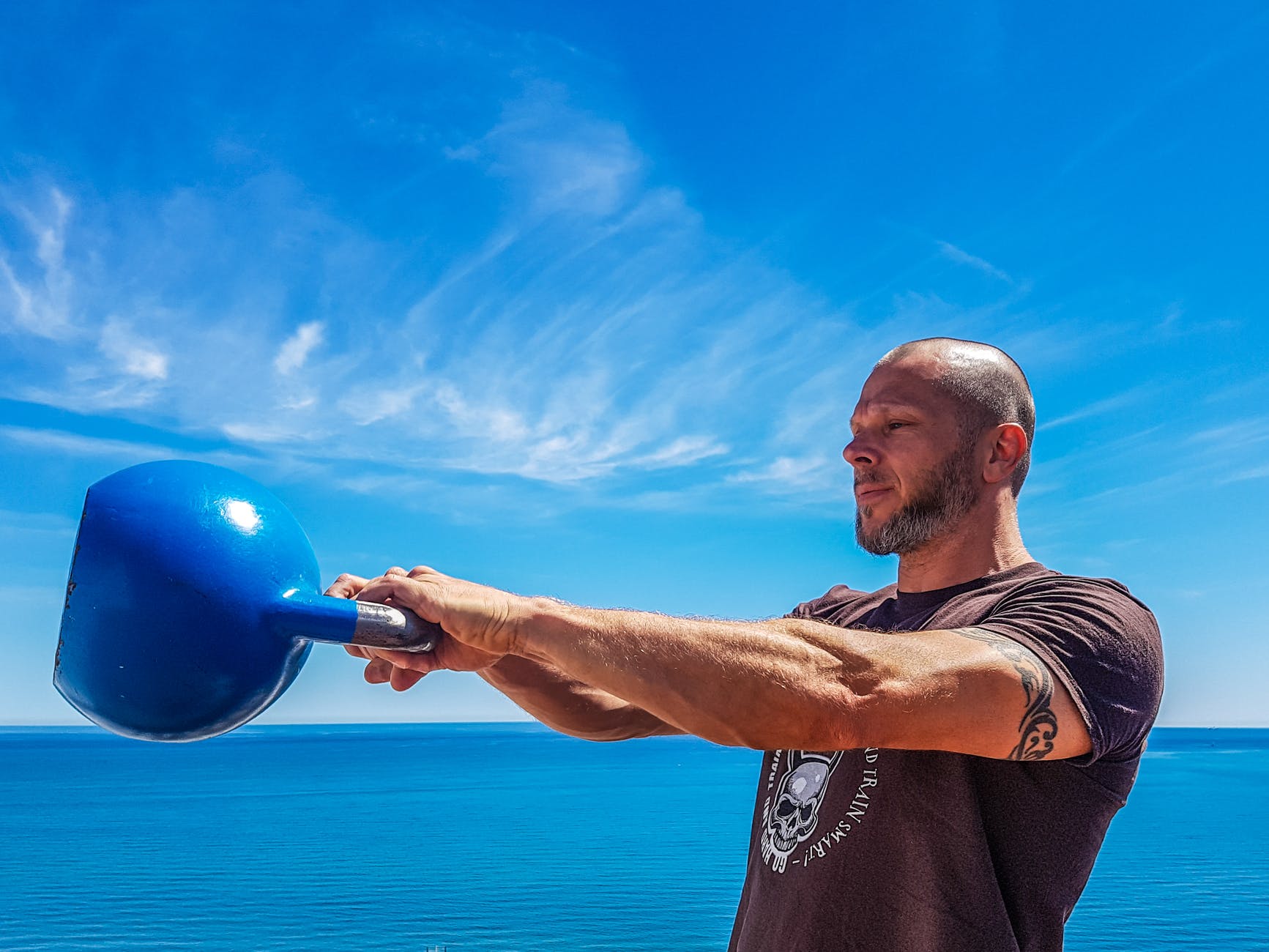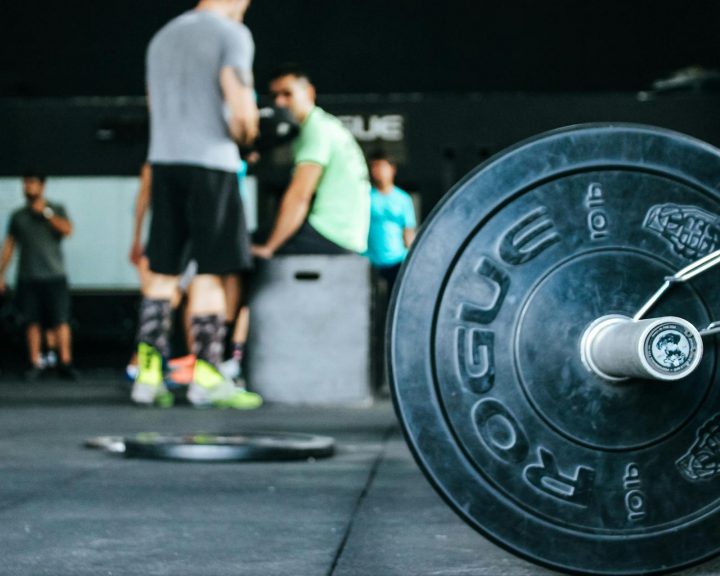Recently I was asked a question via Twitter. The question was about eccentric training with real-world athletes. The question got me thinking about the appropriateness of different tools for different levels of athletes.
When you are looking at athletes, I think athletes broadly fall into two developmental stages with regards to strength and conditioning. In the first stage, improving strength and conditioning improves athletic abilities and performance. So, for example, increasing strength has an impact on power expressed on the field. Increasing power in the weight room has an impact on throwing, kicking, jumping, etc. I also think that most athletes never get past this stage and their athletic careers end before they get past this stage.
To me, the athletes in this first stage benefit most from basic movements (squats, presses, rows, hip extensions, pulls from the floor, Olympic lifts, speed/agility drills, basic plyometrics and throws, etc.). A lot of the other toys and tools just waste time and don’t result in real performance improvements (my opinion).
Now, the second stage is where further improvements in basic strength and conditioning do not lead to an improvement in performance. Athletes in this stage have to learn how to apply those abilities to the sport while they maintain their strength and conditioning fitness. For this group, the risks involved in going from a 200kg squat to a 205kg squat (for example) outweigh the performance benefits.
For athletes in this stage, there’s a need for more focused programming. Sport-specific agility tasks, small sided games, using the ball and opponents with speed/agility, sport-specific plyometrics, one-legged lifts, etc. In the weight room, when I’m working with higher-level track and field athletes, I’ll include exercises like pause squats, squats with an eccentric emphasis (ten second descent), bands and chains, split-version Olympic lifts, etc.
Beyond the eccentric emphasis lifts (squats, RDLs, bench presses), I don’t do a lot of eccentric work unless there is a need to rehab from a tendon injury. With the ten-second descent in eccentric-emphasis squats, there isn’t a need to go very heavy on those lifts (50-70% of 1-RM), especially since I insist on an explosive ascent. With the eccentric lifts that most people talk about there’s a great potential to get tired, use sloppy form, and get hurt. There’s also enhanced loading especially on the lower back and eccentric squats.
A lot of these things are using data gathered with apples and trying to make oranges from them. Many power and eccentric percentages (e.g. 30% of 1-RM for power, 105% of 1-RM for eccentric) are based on research using single muscle fibers, outside of the body, doing isometric work. In other words, not what athletes experience and not taking into account the totality of an athlete’s training (sport practice, competitions, travel, real life, strength and conditioning, exams, studying, etc.).




